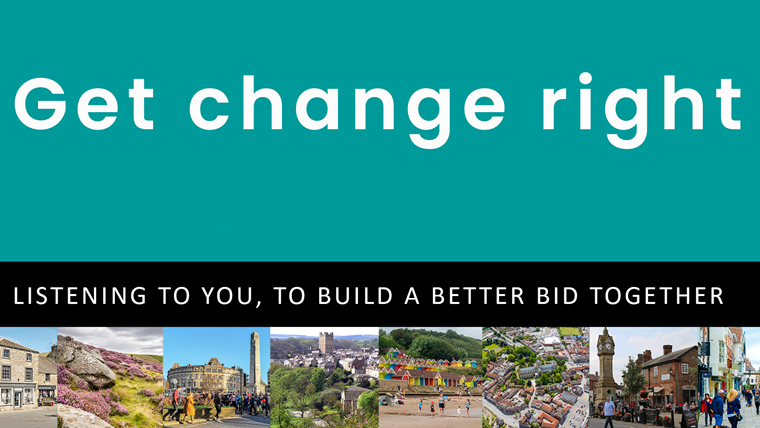New research shows strong public support for East & West model of local government

New research has revealed that two-thirds of residents prefer an East & West model of local government for the North Yorkshire and York region.
Council leaders from Craven, Harrogate, Richmondshire, Ryedale, Scarborough and Selby, submitted an outline bid to Government on November 9, demonstrating that an ‘East & West’ model is the best way to reorganise local government in the region.
The model would see Craven, Harrogate, Richmondshire and Hambleton join together to form a unitary council in the West, and Selby, City of York, Ryedale and Scarborough join together to form a unitary council in the East.
North Yorkshire County Council has submitted its own bid to create a ‘mega-council’, which would create a unitary authority covering the whole of North Yorkshire, with a population of 618,000, while preserving the existing City of York unitary authority with a population of 211,000.
But results from an independent market research survey has shown that residents are clearly more positive about the East & West model across all districts and boroughs in North Yorkshire. They were asked to choose between this, and the ‘mega-council’ proposal with a separate City of York unitary.
The pattern of preference for the East & West model was similar across all districts and boroughs, ranging from Richmondshire, where 92 per cent were in favour, to Selby, where the figure was 62 per cent.
In York, residents were split, with 46 per cent in favour of the East & West model, and 54 per cent preferring the North Yorkshire and York model.
Councillor Richard Foster, Leader of Craven District Council, said: “This research clearly shows that a large majority of people across North Yorkshire would prefer our East & West model of local government reorganisation.
“We believe it is by far the best option for our communities, keeping services local and effective, giving people a strong voice and fair representation, while delivering necessary and realistic efficiencies.
“We know from speaking to residents, businesses and other organisations that people have huge misgivings about North Yorkshire County Council’s model. Our model also has the greatest support from local authorities.
“However, we still want to hear the views of more residents and businesses. You can take part in a similar online survey at www.get-change-right/consultations and you can email us at feedback@get-change-right to tell us your thoughts. We are still gathering evidence to support our model and your views are a key part of this process.”
As well as being asked to choose between the two models, respondents were also asked to rate both options from 0 to 10. The mean ratings of the East & West option were consistently higher across all districts, and York.
The research was conducted by respected independent market research company, The Buzzz, using an online consumer panel, and surveyed 560 people across the county and the City of York. The final sample for analysis was weighted by age and gender within each council area and by socioeconomic group.
Results by district:
|
|
In favour of East & West model (%) |
In favour of North Yorkshire & York model (%) |
East & West ratings (0-10) |
NYCC & York ratings (0-10) |
|
Craven |
63 |
37 |
6.0 |
5.0 |
|
Hambleton |
67 |
33 |
5.9 |
5.0 |
|
Harrogate |
75 |
25 |
6.0 |
4.9 |
|
Richmondshire |
92 |
8 |
5.5 |
3.7 |
|
Ryedale |
74 |
26 |
5.9 |
5.2 |
|
Scarborough |
78 |
22 |
6.7 |
5.1 |
|
Selby |
62 |
38 |
6.2 |
5.2 |
|
York |
46 |
54 |
6.2 |
5.2 |
The district and borough councils’ outline bid is based on a KPMG research study which provides detailed evidence to support the case that the East & West model would be the best option for the region.
According to the study, this East & West model would produce two unitary authorities with a similar population and economic size, that meet the government’s reform criteria. The East & West unitaries would provide the strongest approach to unlocking devolution – potentially worth billions to the region in investment - whilst also being the optimum size for effective strategic and local service delivery to citizens and communities. The model also offers the opportunity to improve services and efficiencies in the City of York.
The six councils held democratic meetings to discuss the proposals in early November and all voted to approve submission of the case for change to the Ministry of Housing, Communities and Local Government.
The district and borough council leaders are: Cllr Richard Foster (Craven), Cllr Richard Cooper (Harrogate), Cllr Angie Dale (Richmondshire), Cllr Keane Duncan (Ryedale), Cllr Steve Siddons (Scarborough) and Cllr Mark Crane (Selby).

